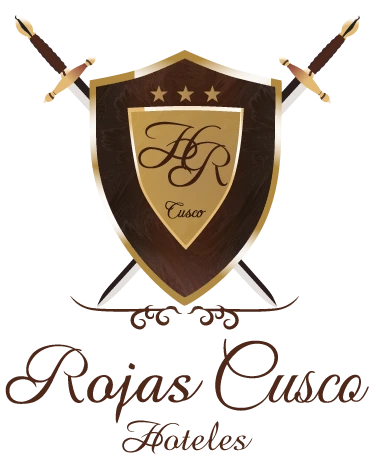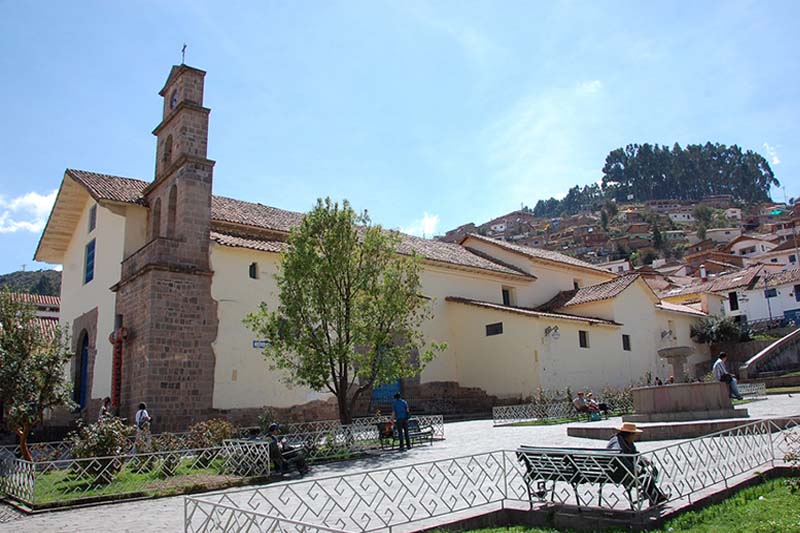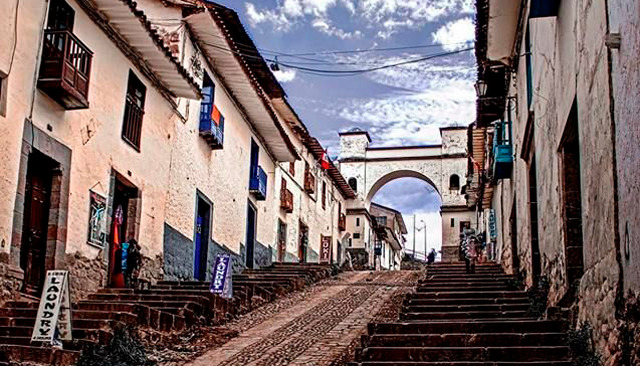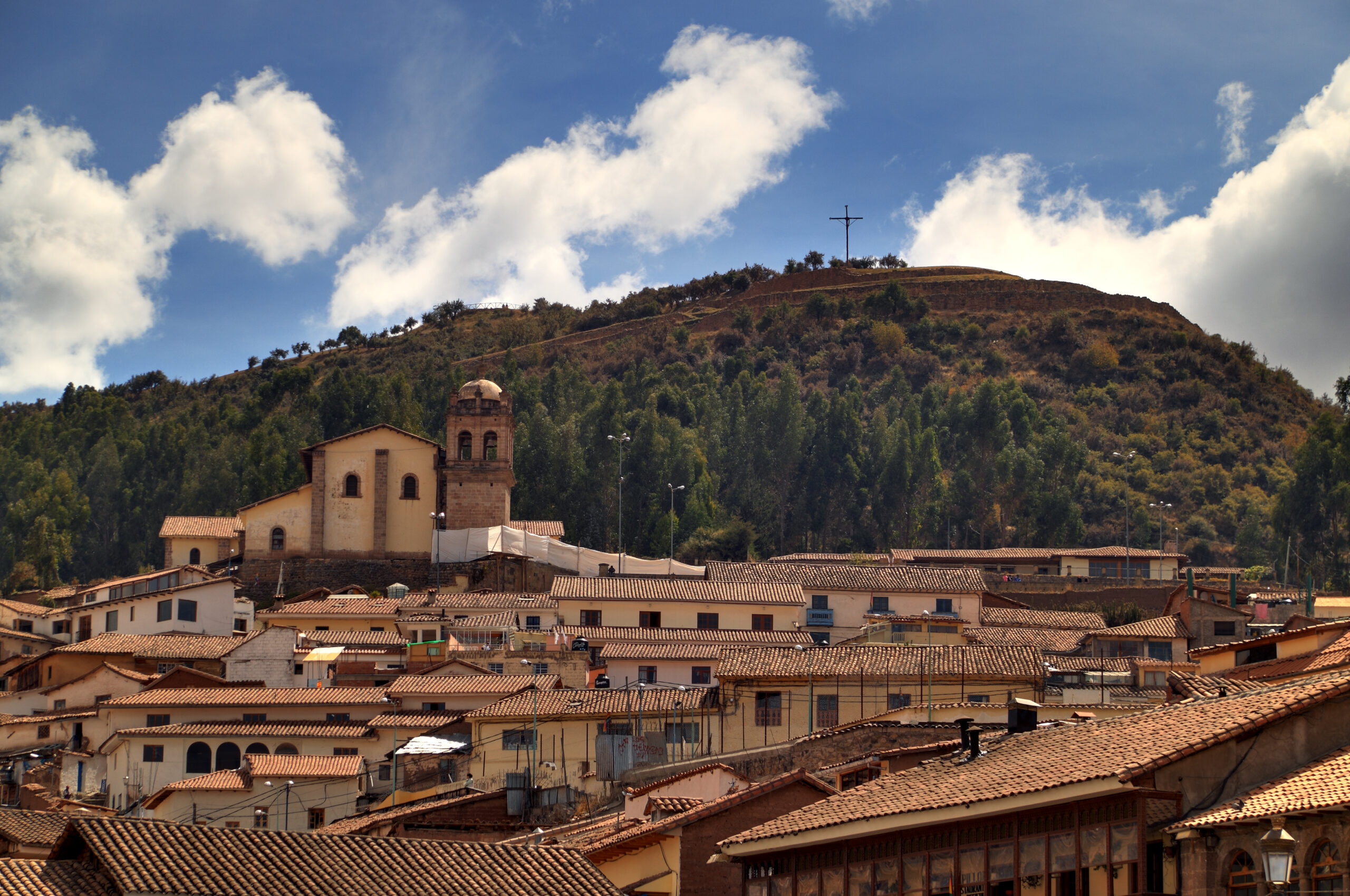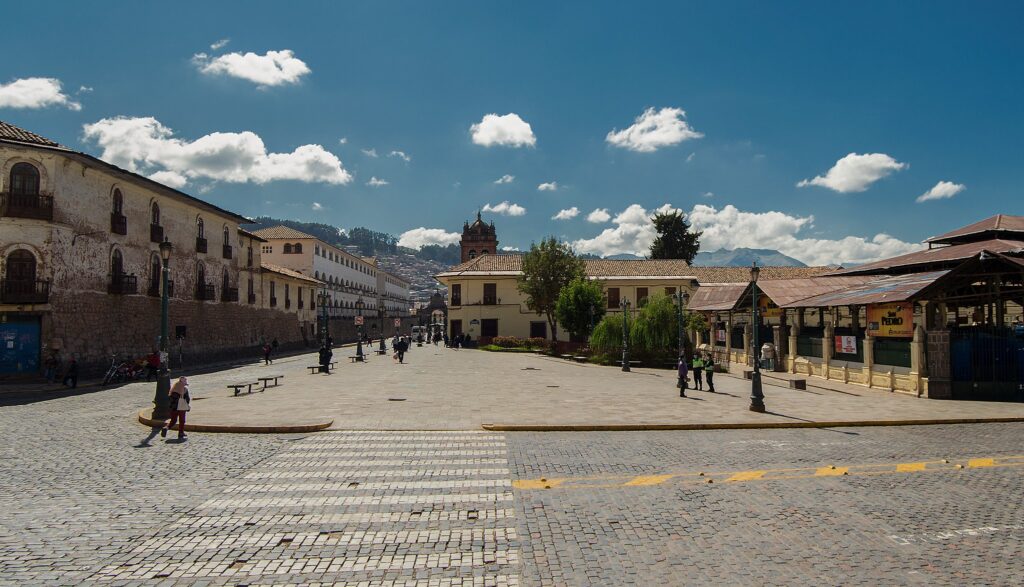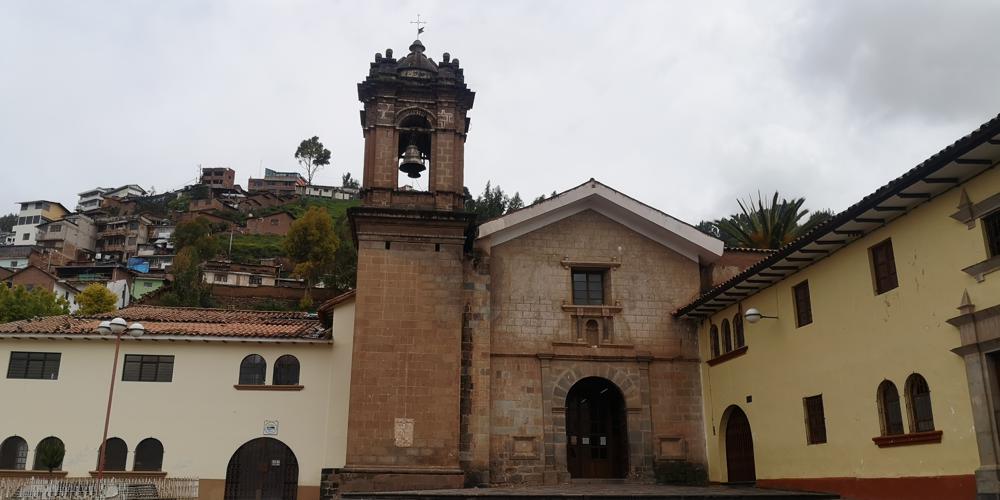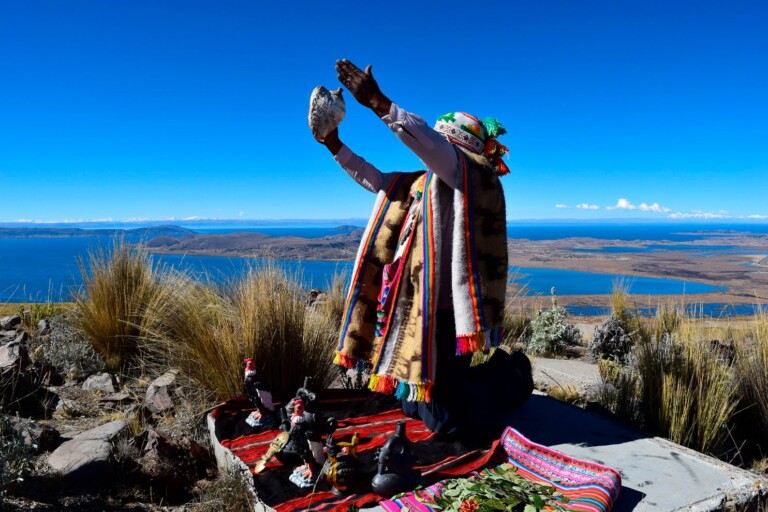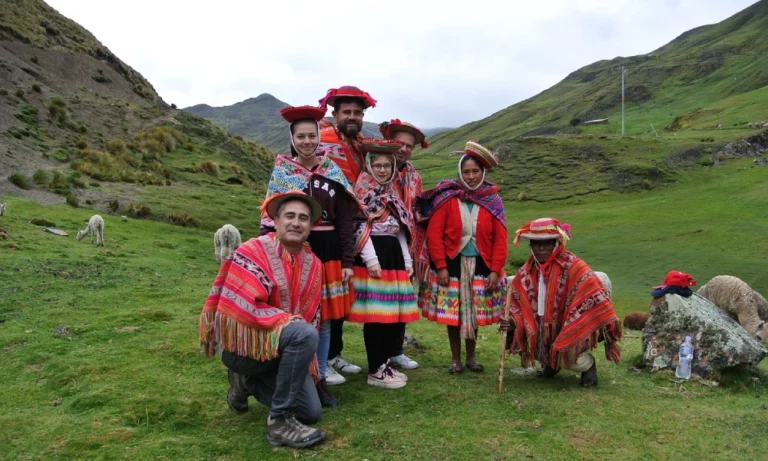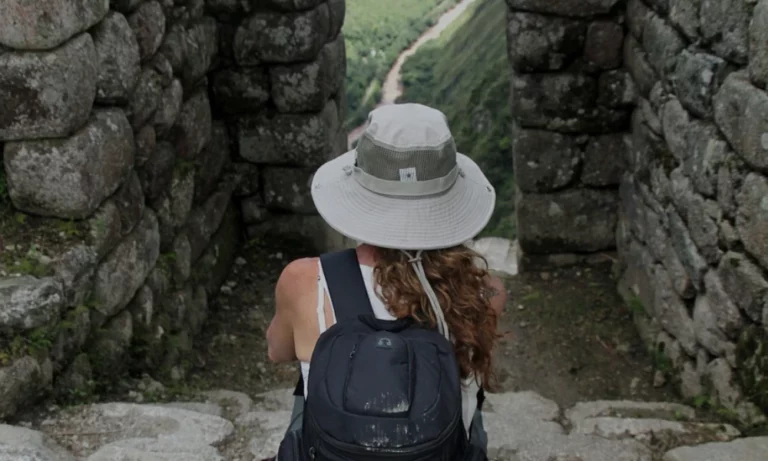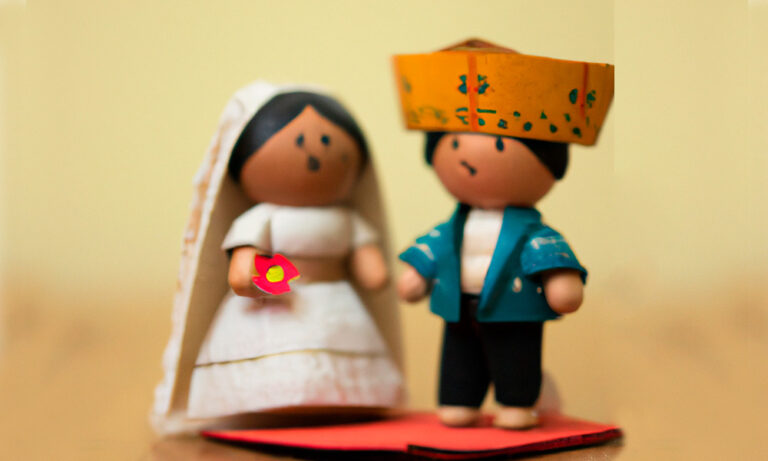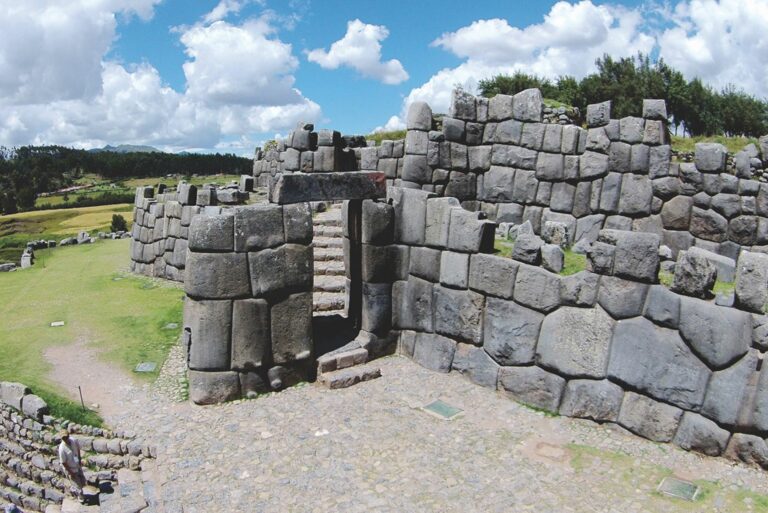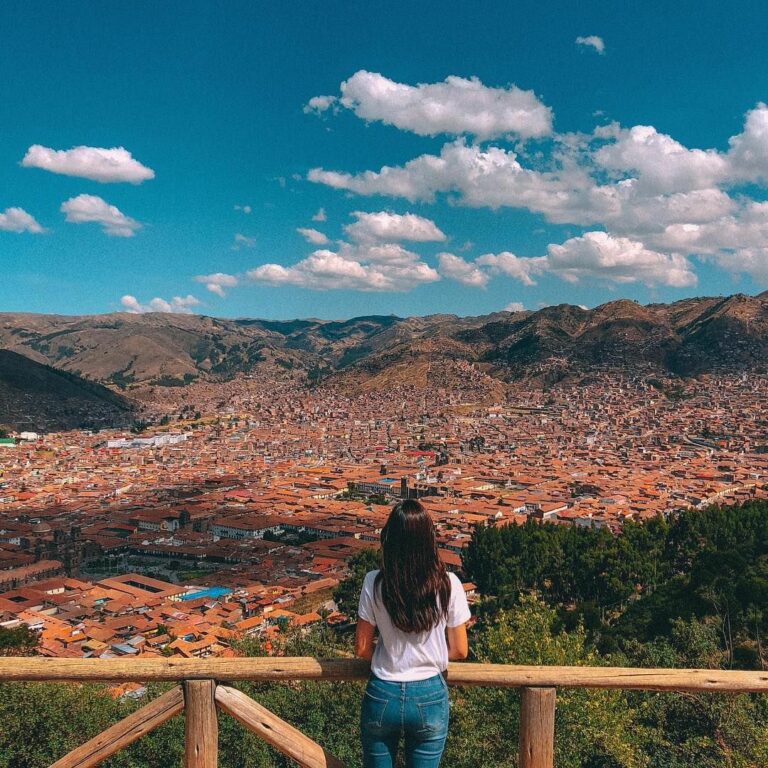Traditional neighborhoods of the city of Cusco
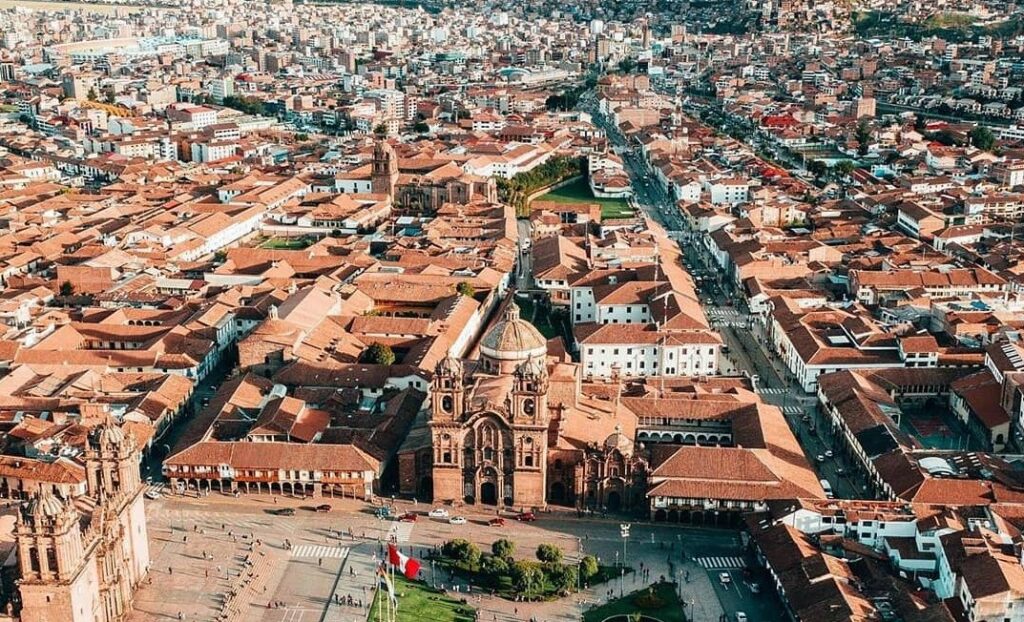
Each neighborhood in Cusco has its own characteristics. Some are more famous than others for the buildings they own or for the characters who were born or lived in those places. Others of them are unavoidable points for obtaining special products such as handicrafts or food. In general, everyone has something interesting to show. Let’s enjoy the charm of these Cusco neighborhoods!
Get to know these traditional neighborhoods, unique in America.
While some of these areas of Cusco are more popular than others, each one has something to offer. Also, several of them are nearby, so you can visit them all in one day.
1. San Blas neighborhood
The first stop is in the San Blas neighborhood, one of the most popular in the city.
It is famous for being the place where some of the most famous families of artisans and artists in Cusco live or lived, such as the Mendívil or the Olave. Formerly it was an Inca community known as Toqocachi. As much as it stands out for its people and its art, it also stands out for its architecture, such as the church of San Blas. It is enough to look inside to discover the most beautiful altarpieces made by skilled craftsmen during the colonial era of Cusco. We also recommend visiting Hatu Rumiyoc street where you can see the popular stone of the 12 angles.
2. Santa Ana neighborhood
In the traditional neighborhood of Santa Ana in Cusco, you can admire the remains of pre-Inca occupations, as well as old colonial houses. As in the rest of the neighborhood, there is also a parish whose oldest buildings date from the colonial era.
Over time, renovations were carried out, and today the church has an impressive tower that was built some time later. It can be seen from the historic center.
Can you imagine the size it presents to make an instagram reel or a tiktok? It can be a great background, and it can bring you many followers who also want to know the Santa Ana neighborhood!
3. San Cristobal neighborhood
If we head towards Sacsayhuaman from the center, we will arrive at the district of San Cristóbal. This is thanks to the Inca nobles who established hermitages in the patios of their houses in honor of the saints. It is believed that the remains of the founder of the city; Cristóbal Paul Inca, are buried in the presbytery of the current church.
About the main church it is said that it is one of the first churches built in Cusco. Inside is the image of the patron saint of the neighborhood, the work of the artist Melchor Guamán Maita. The main celebration of the neighborhood takes place in August and is a popular tour that enhances the image of San Cristóbal.
4. San Pedro neighborhood
You’ll know you’ve reached the San Pedro district when you begin to see a platform system to the west of the city. This was, at the time, a mainly agricultural sector, and it is a recommended place to visit in Cusco, mainly for its markets.
The San Pedro Market is considered one of the most important markets in Cusco. In it you will be able to familiarize yourself with the different products that come from this area and it can be a good excuse to live with the population. Another interesting place in the neighborhood is the Arco de Santa Clara, one of the monuments of the city.
5. Santiago neighborhood
It is not as popular as its predecessor, but it has its own charm. It was previously an Inca neighborhood known as Chaquillchaka and is now part of the Santiago district.
In this neighborhood a church was built in honor of Our Lady of Bethlehem. According to legend, the statue that is now in its temple was found by fishermen in the sea with a message to be sent to the city of Cusco.
The district also shares other attractions with most of the city, but its churches are the most prominent for visitors and locals.
6. Socorro
Finally, it remains to visit the Relief Sector; place where ancient traditions and interest in heritage conservation are still preserved. Due to its location in the urban area, it has archaeological sites of interest to residents and visitors. The sacred huacas, like the ones in Teteqaqa, are living samples of the ancient Peruvian cult of the earth.
Nearby is the Church and Monastery of La Recoleta, founded when the area was still known as Munaysenca.
Inside, there are two altarpieces dedicated to the Virgin of Sorrows and Saint Anthony of Padua. Paintings from the 17th century are part of the invaluable pieces that this enclosure houses.
If you are interested in getting to know these neighborhoods, you can stay at the Hotel Rojas Inn, with an excellent location in the heart of the Imperial city of Cusco and a few steps from the Plaza de Armas, being your starting point to these neighborhoods, being a full walk of stories, and you will also have the option to enjoy the traditional gastronomy that is offered in these neighborhoods of Cusco.
